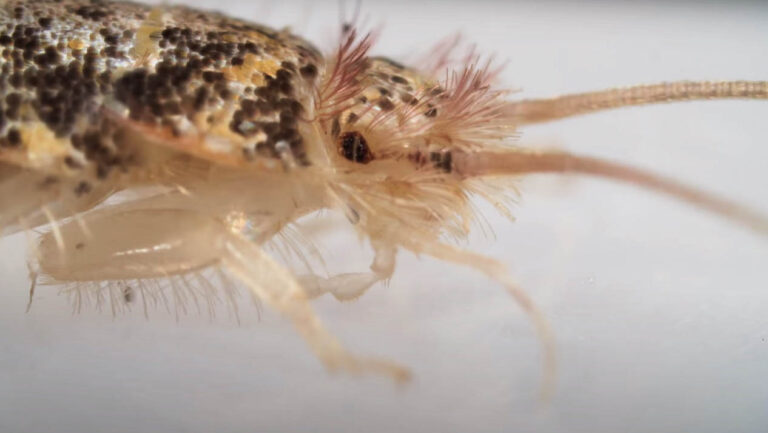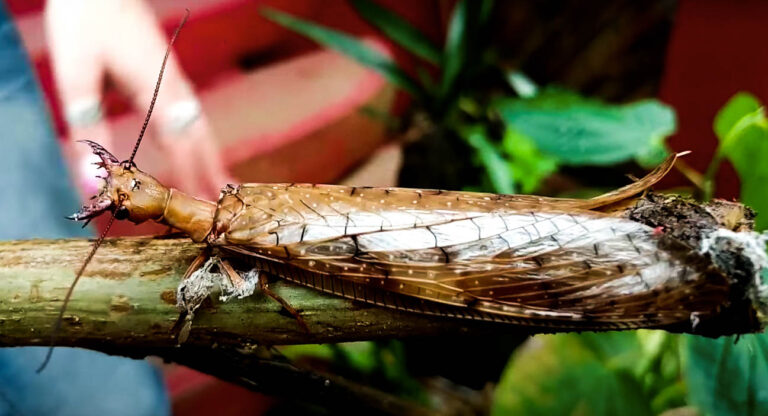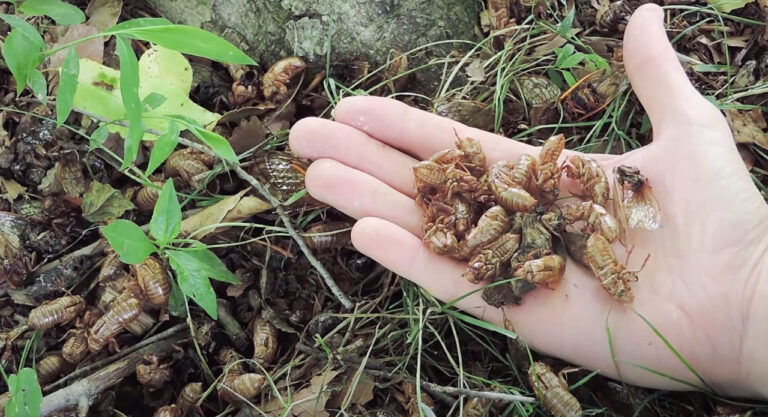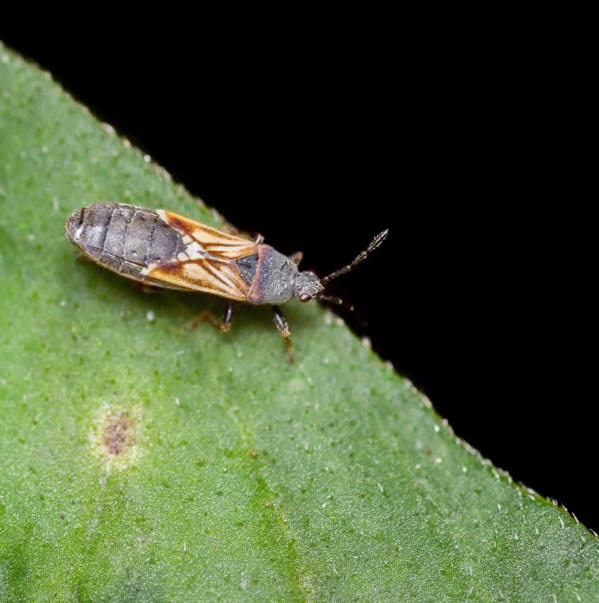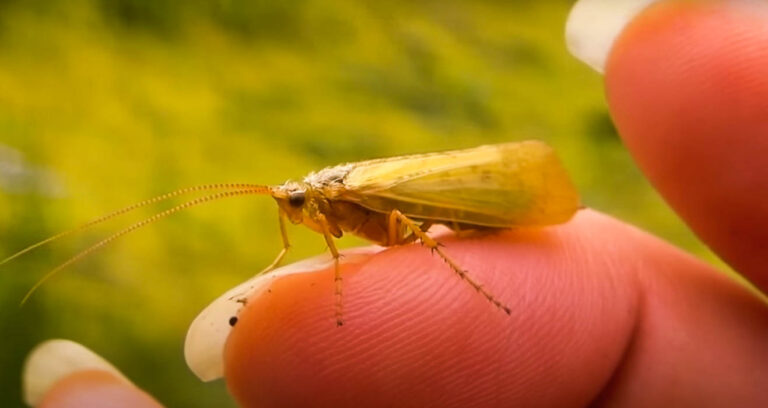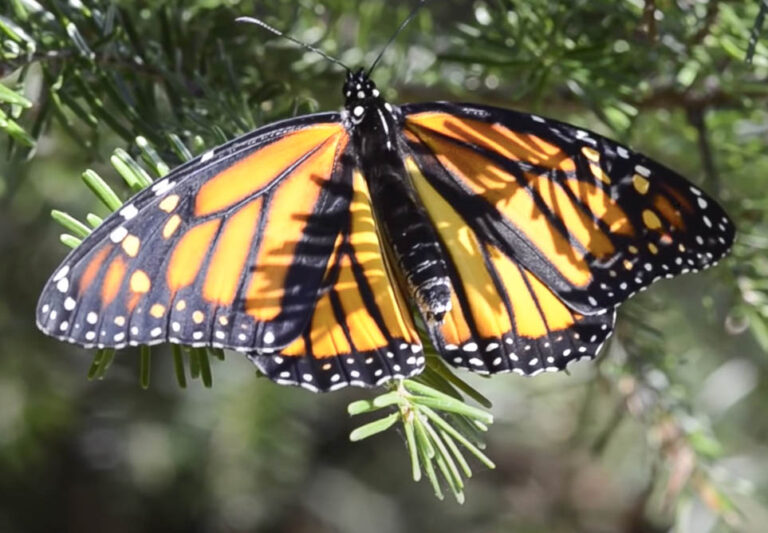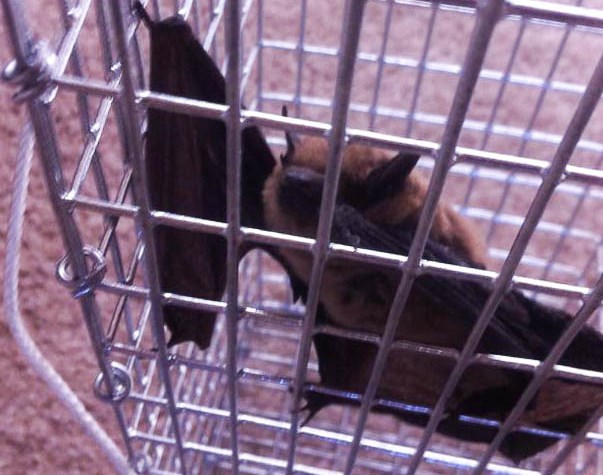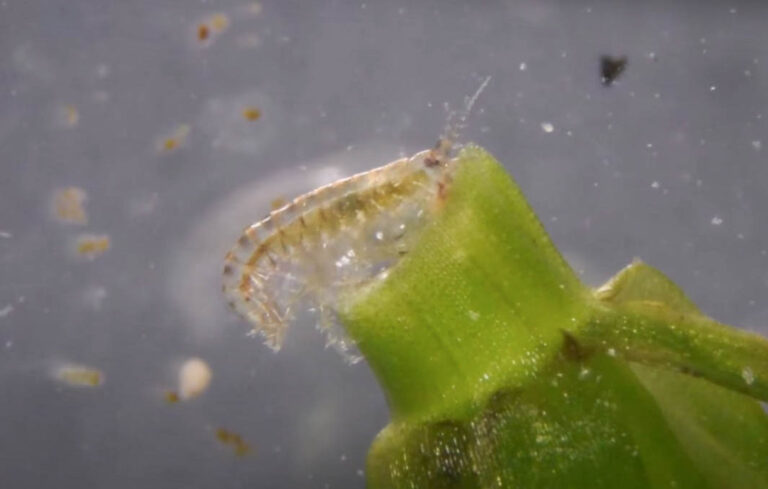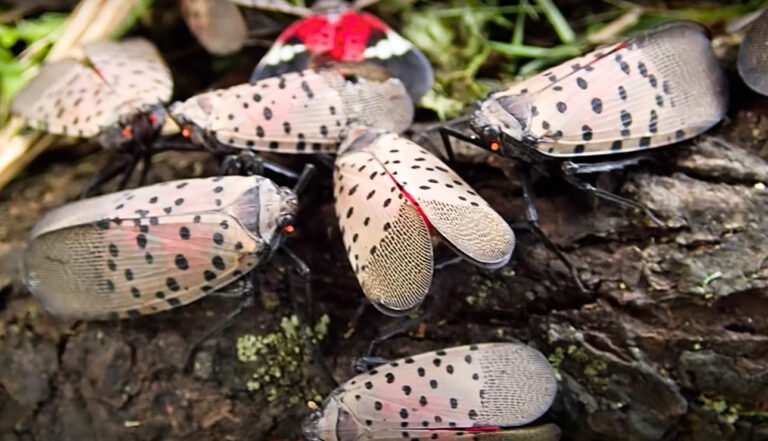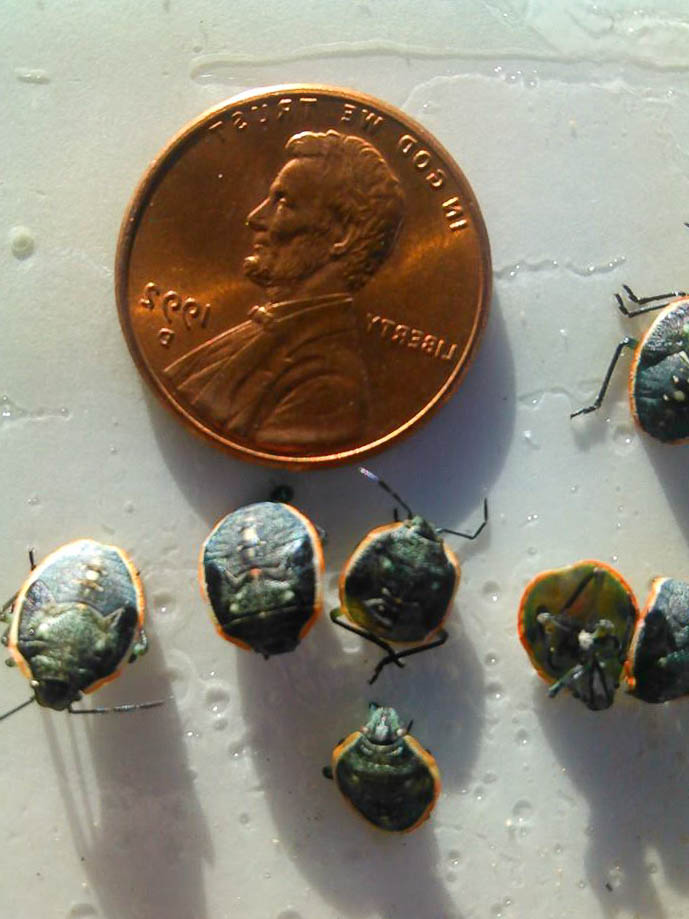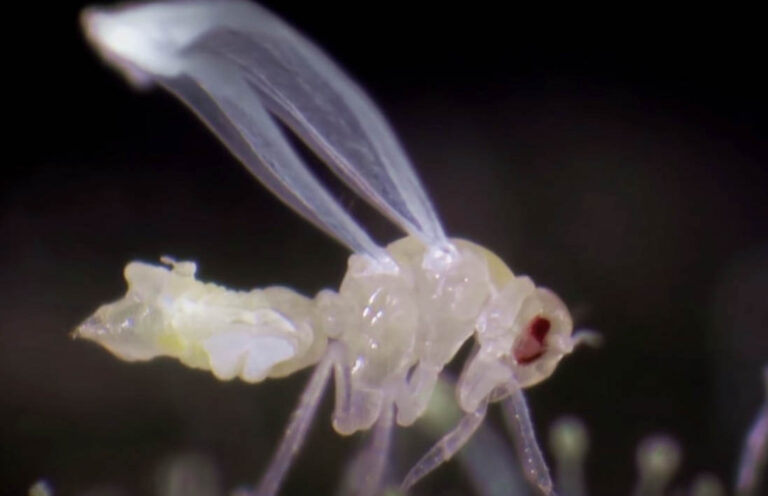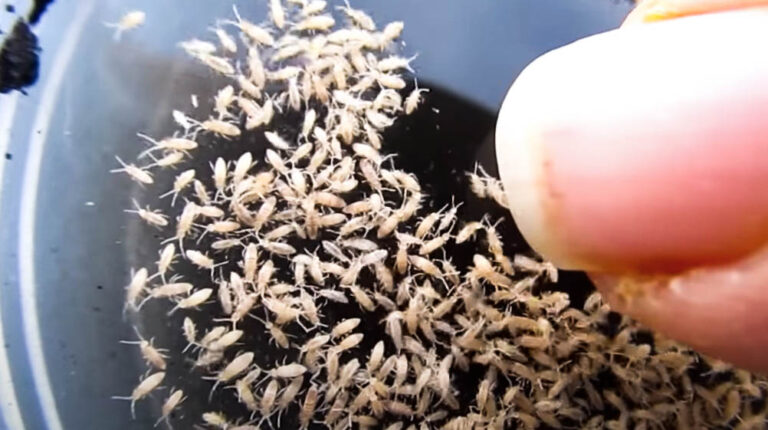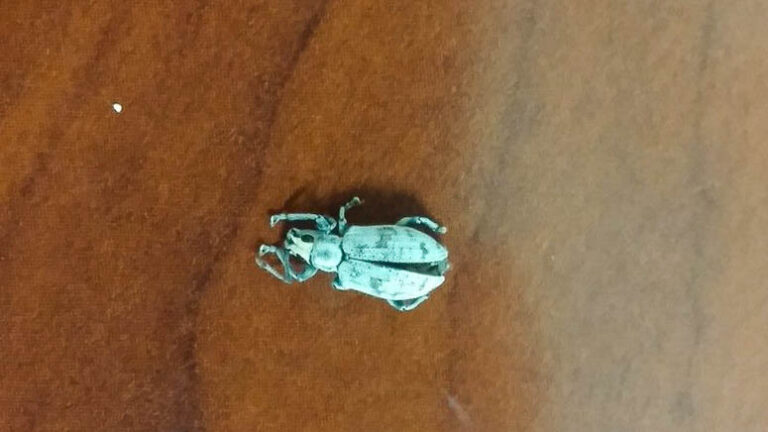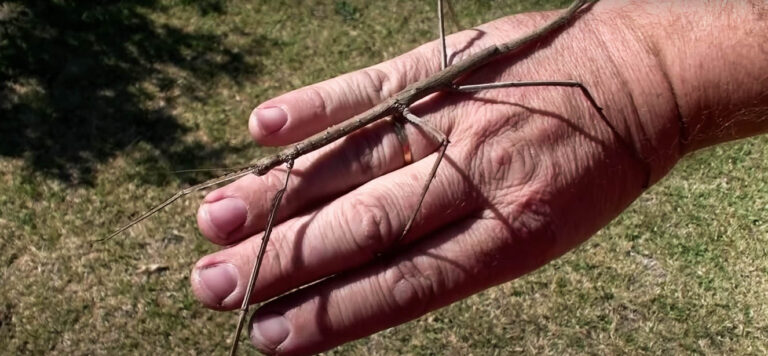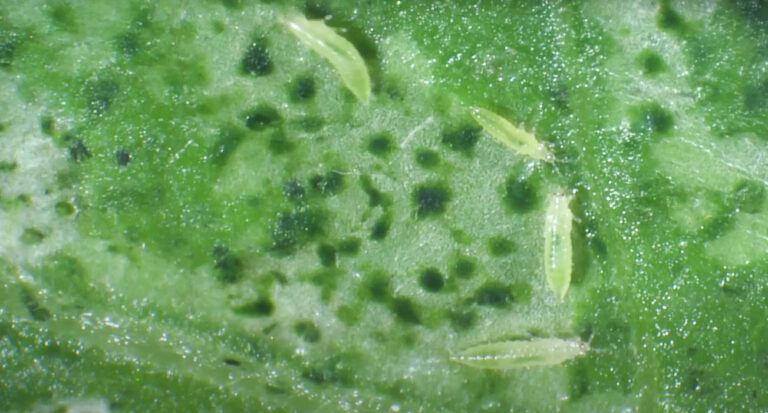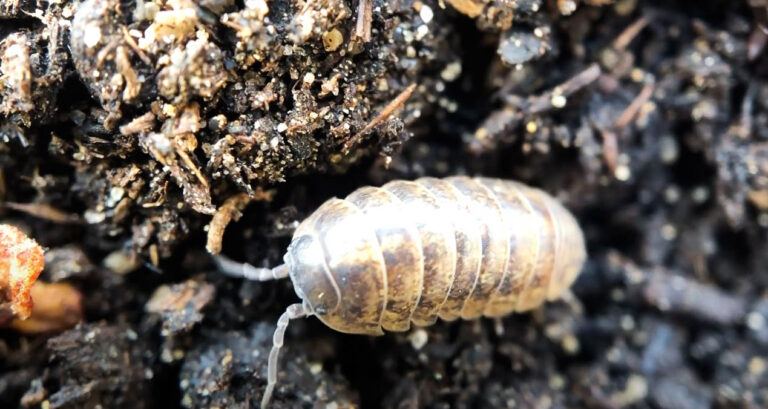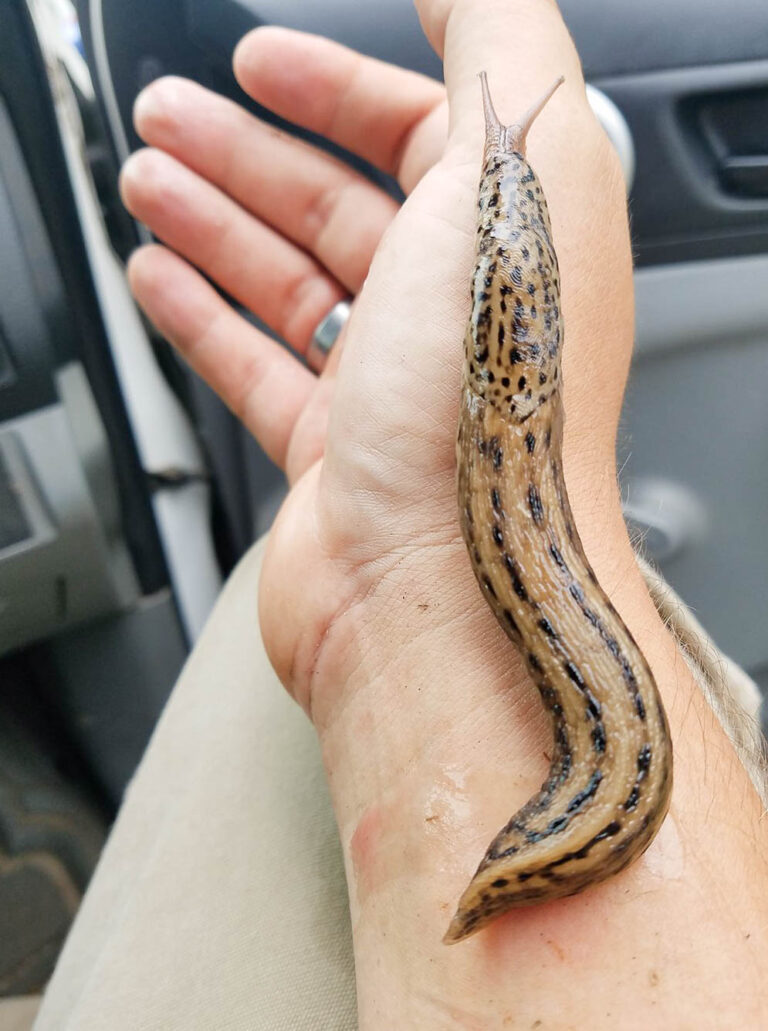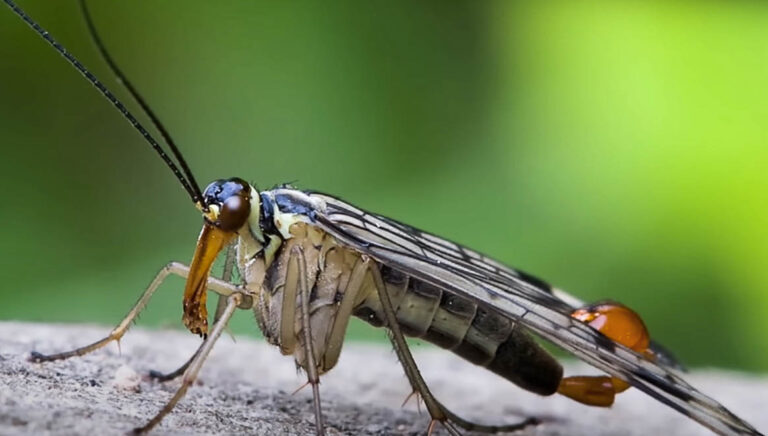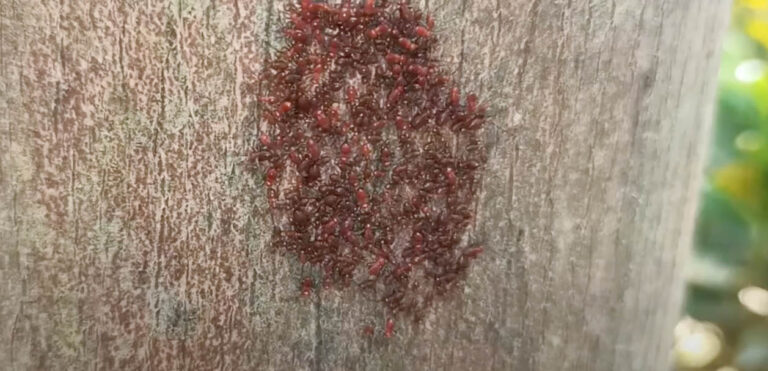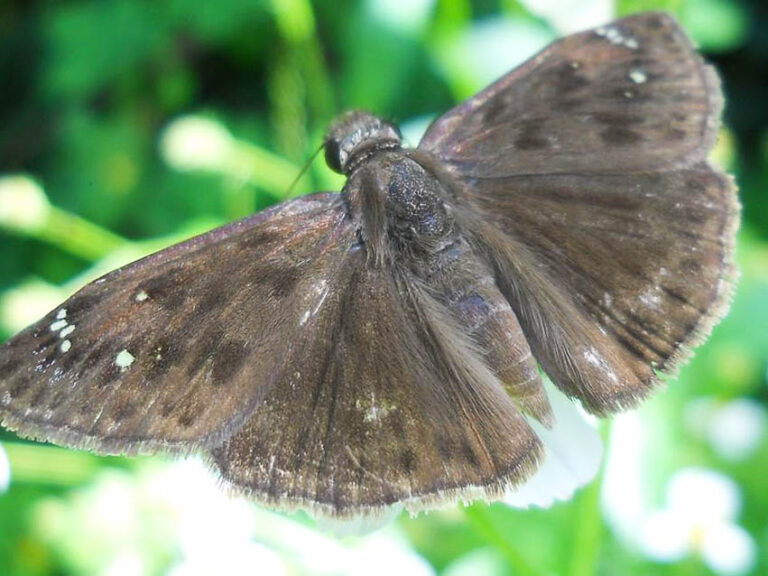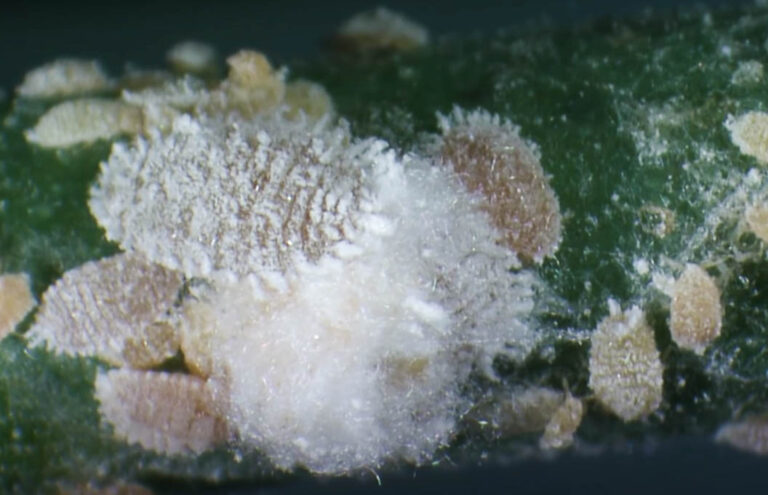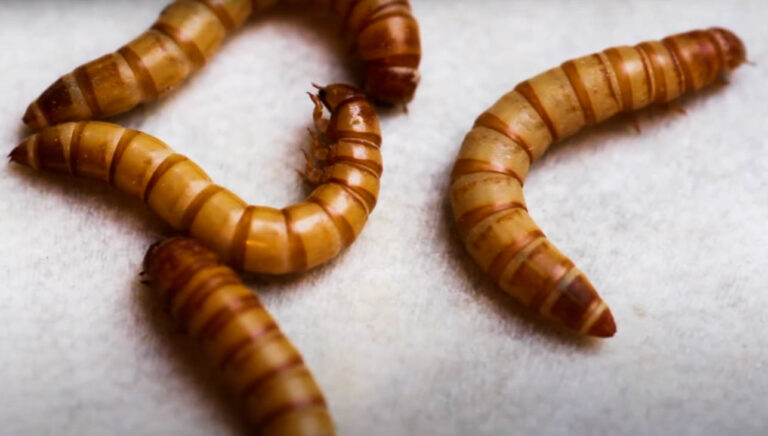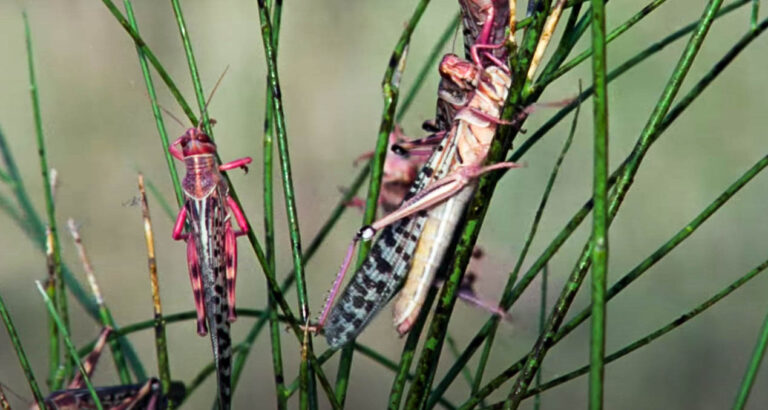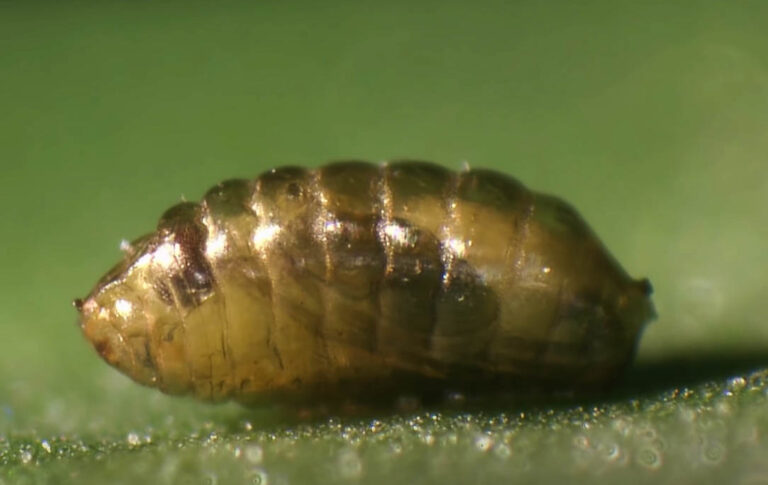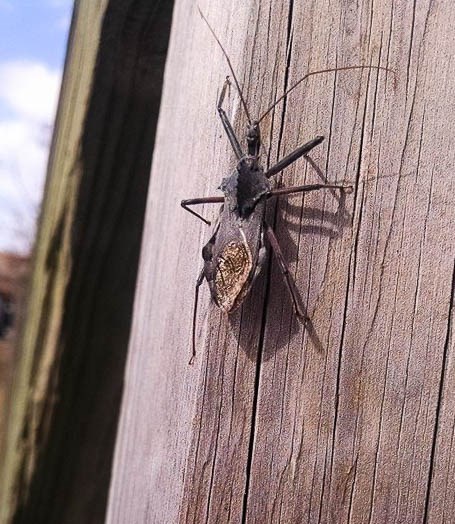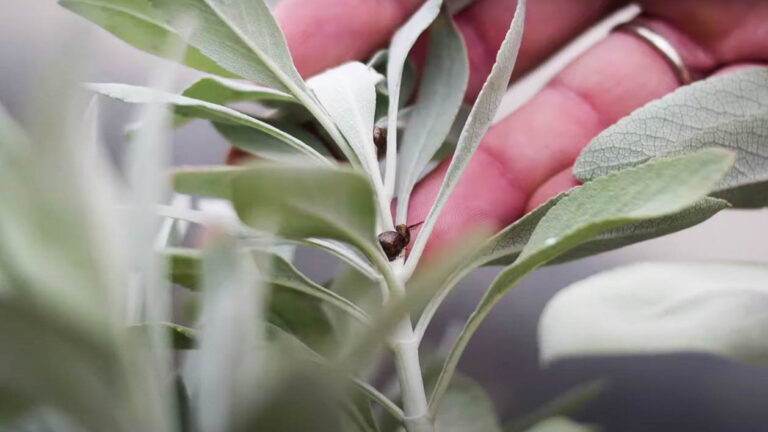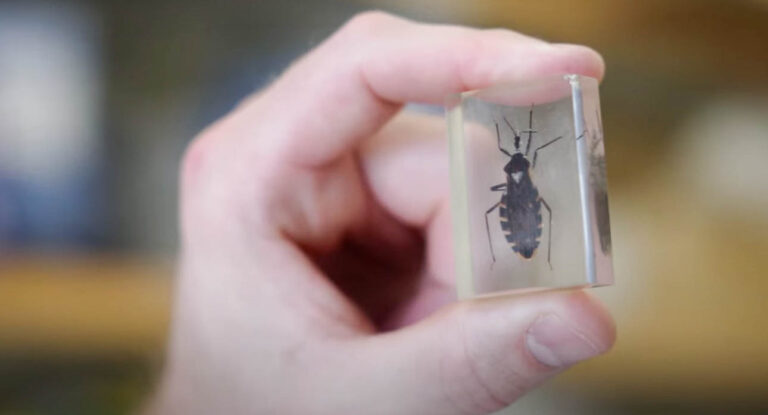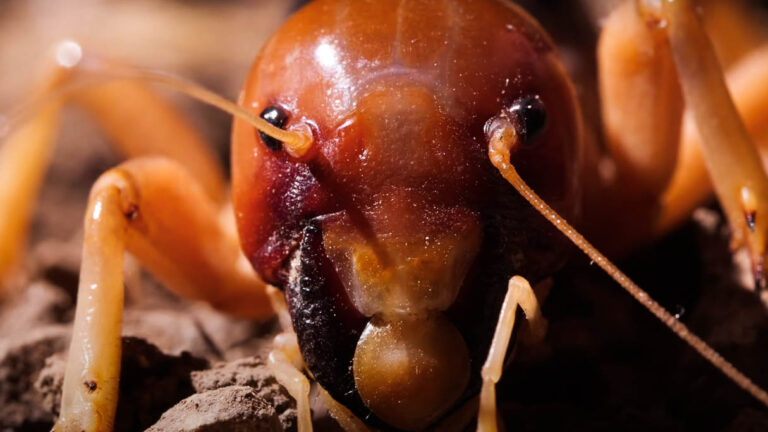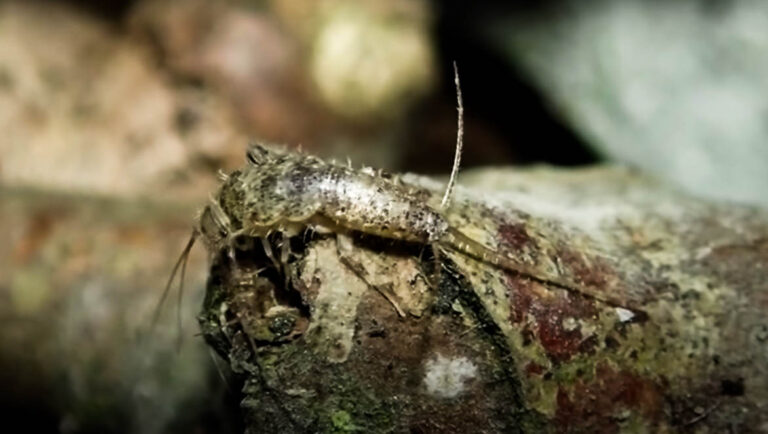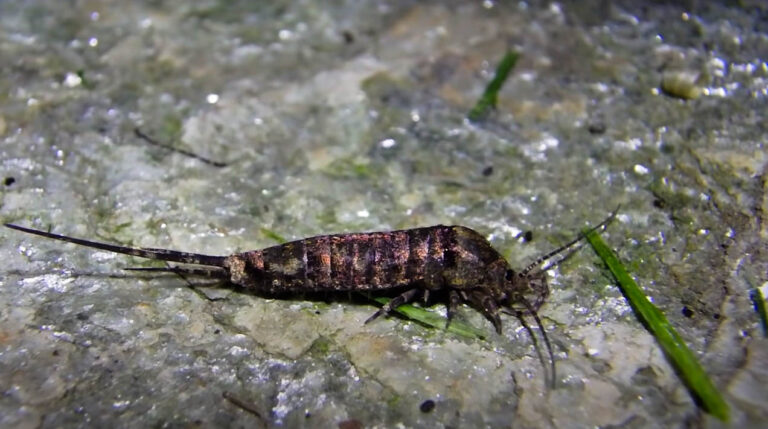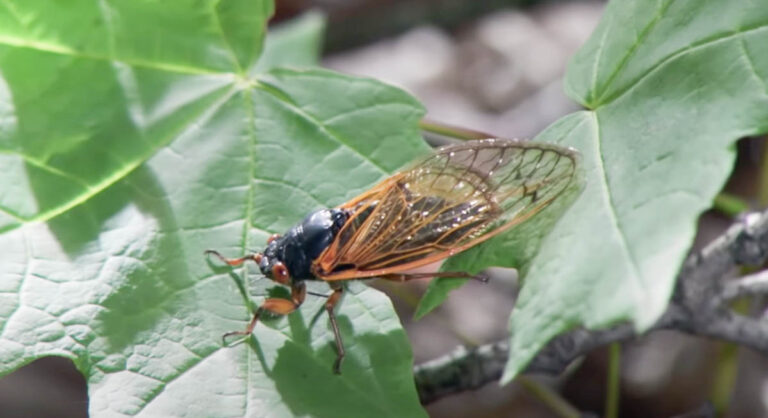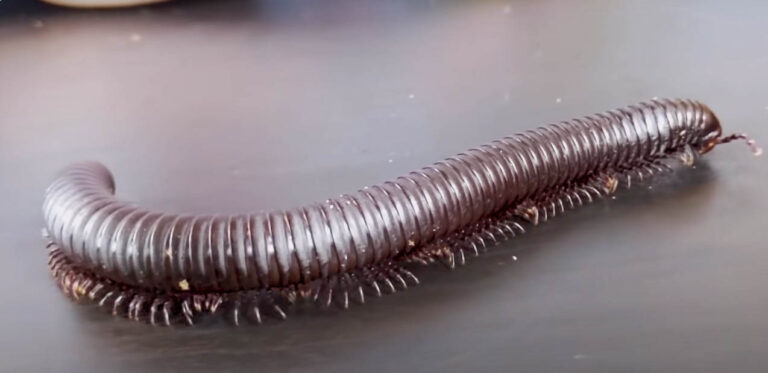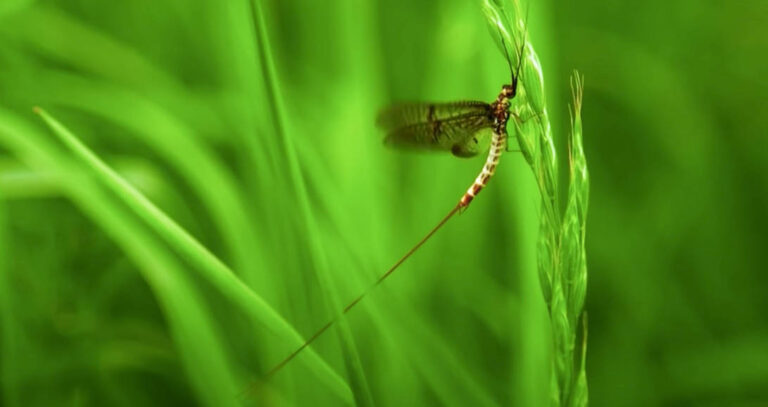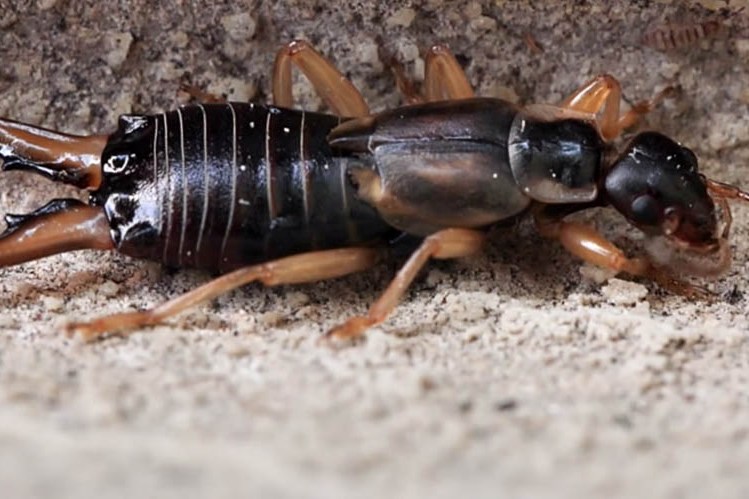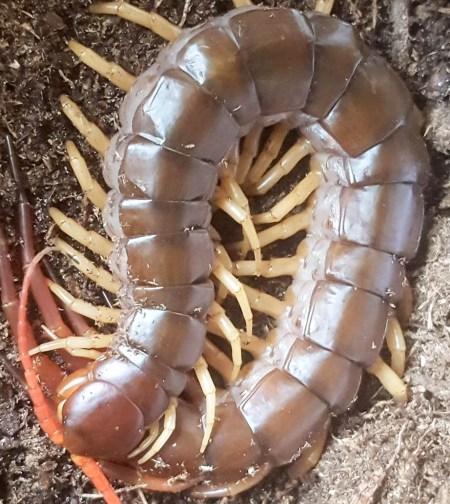About Ladybugs
About Ladybugs
Overview
The ladybug belongs to the family Coccinellidae of the order Coleoptera, which is under the phylum Arthropoda. Although many people know these tiny insects as ladybugs or ladybirds, entomologists prefer to call them lady beetles or ladybird beetles. This is because the ladybug is not actually a true bug but a part of the beetle family.
There are over 5,000 species of ladybugs worldwide, with more than 500 species found in Canada and the United States.
Appearance
Adult ladybugs exist as small, spotted, half-spheres, round or oval-shaped domes with relatively short legs and antennae. Generally, ladybugs are between 0.8 to 10mm in size, depending on the species. These winged insects can draw back their heads into their pronotum, and their unique coloration helps deter potential predators.
Ladybugs progress through complete metamorphosis. An adult female ladybug will lay a cluster of 5 to 30 eggs on plants with enough prey to sustain her offspring. 2 to 10 days after the female lays her eggs, ladybug larvae begin to come out. The species and certain environmental factors such as temperature determine how long it will take the eggs to hatch.
It takes about two weeks for the larvae to develop fully. Ladybug larvae progress through 4 instars before preparing to pupate. The ladybug larva will attach itself to a leaf signaling the start of the pupal stage. The pupal stage lasts for 7 to 15 days, after which the adult emerges. It takes a while for the adult to develop fully, with newly emerged adults having soft, pale exoskeletons, making them easier prey for birds, frogs, spiders, and other predators.
Adult ladybugs overwinter, emerging during spring to start another mating season. The average lifespan of a ladybug is between 2 to 3 years.

Behavior
Ladybugs are cold-blooded insects, relying heavily on sunlight to feed and mate. During the winter, ladybugs will gather in areas with enough heat, emitting chemical signals to guide other ladybugs to that area. When threatened, a ladybug will emit a viscous, pungent liquid from their legs. They may also play dead in attempts to make a predator lose interest in them.
Habitat
Ladybugs can survive in many diverse areas, including forests, grasslands, suburbs, and cities—the ladybug population increases during spring and summer periods when there are many tender foliage and aphid infestations.
During autumn months, adult ladybugs will seek out protective enclosures to overwinter. Some species overwinter under leaves, fallen logs, and rocks, while others take refuge in caves, homes, and buildings.
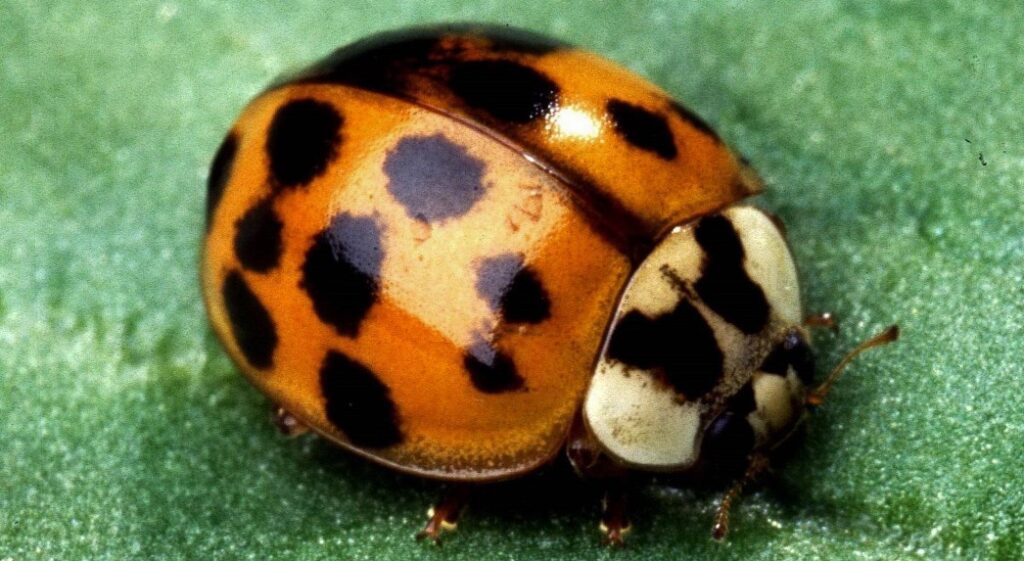
Damage They Cause
Ladybugs do not cause any major physical damage. Some species will feed on your garden plants’ tender foliage, but that is just about the level of physical destruction they cause. One species of ladybug does pose a health risk to those with respiratory problems. The multi-colored Asian ladybug causes rigorous allergic reactions in some people while aggravating asthma in those suffering from it, a strong reason for ladybug pest control. The ladybug’s viscous, foul-smelling, yellow liquid will stain objects it contacts.
Infestation Signs
The main infestation sign is live sighting. Ladybugs will crowd areas where there is a large population of aphids, mealy bugs, mites, and scaly insects. Not only are they attracted to agricultural pests, but they also seek areas with tender foliage to feed and lay their eggs. If you have a farm or a garden, there is a high chance of sighting groups of ladybugs. During winter, they will invade homes in a bid to escape the harsh weather conditions. Another sign to look out for is their oily secretions. Not only does it smell, but it also stains objects that come into direct contact with it.
How to Get Rid of Them
Most ladybug species are beneficial insects as they feed on agricultural pests such as aphids, mites, mealybugs, and scaly insects. However, some species will invade homes during winter months to seek shelter. Eliminating ladybugs from your home is quite easy, and in most cases, you can do it yourself. The best way to stop ladybugs from invading your home is to inspect and seal every possible entry point. Seal off cracks and crevices around vents, doors, utility pipes, and windows using silicone caulk or any suitable material. It would be best if you also repaired or replaced damaged windows, doors, and screens to prevent them from gaining easy access into your home. Also, you should make landscaping a routine habit. Mow your lawn, trim overhanging tree branches, clean up leaf litter and other debris.
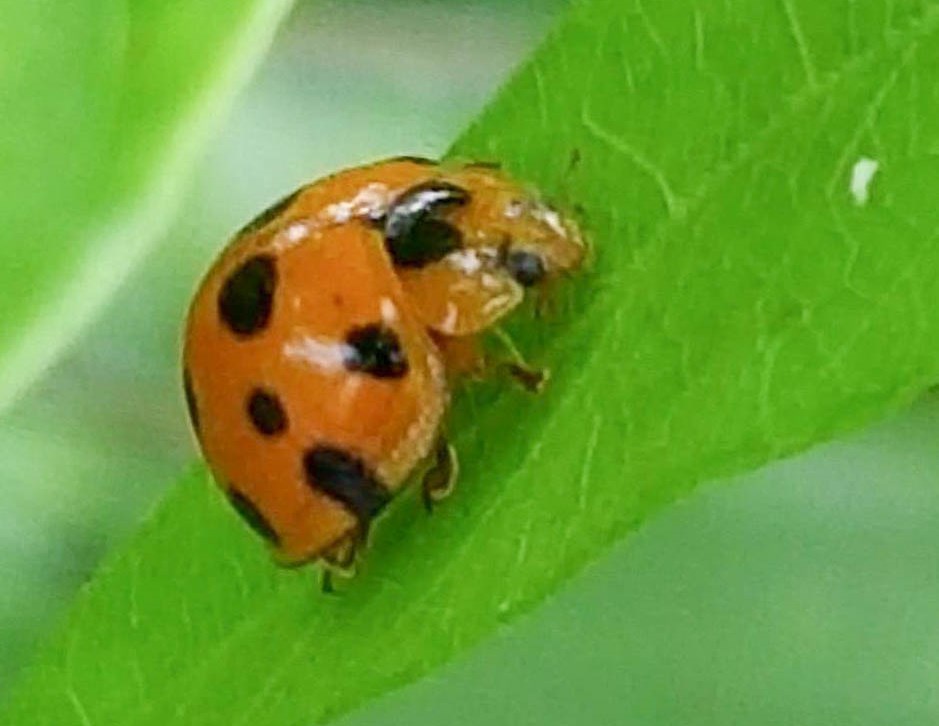
If there are ladybugs inside your home, you can use a vacuum cleaner to pick them up. However, if the infestation is large, hire a licensed pest control company to assess the issue and provide an effective, family-friendly treatment.

